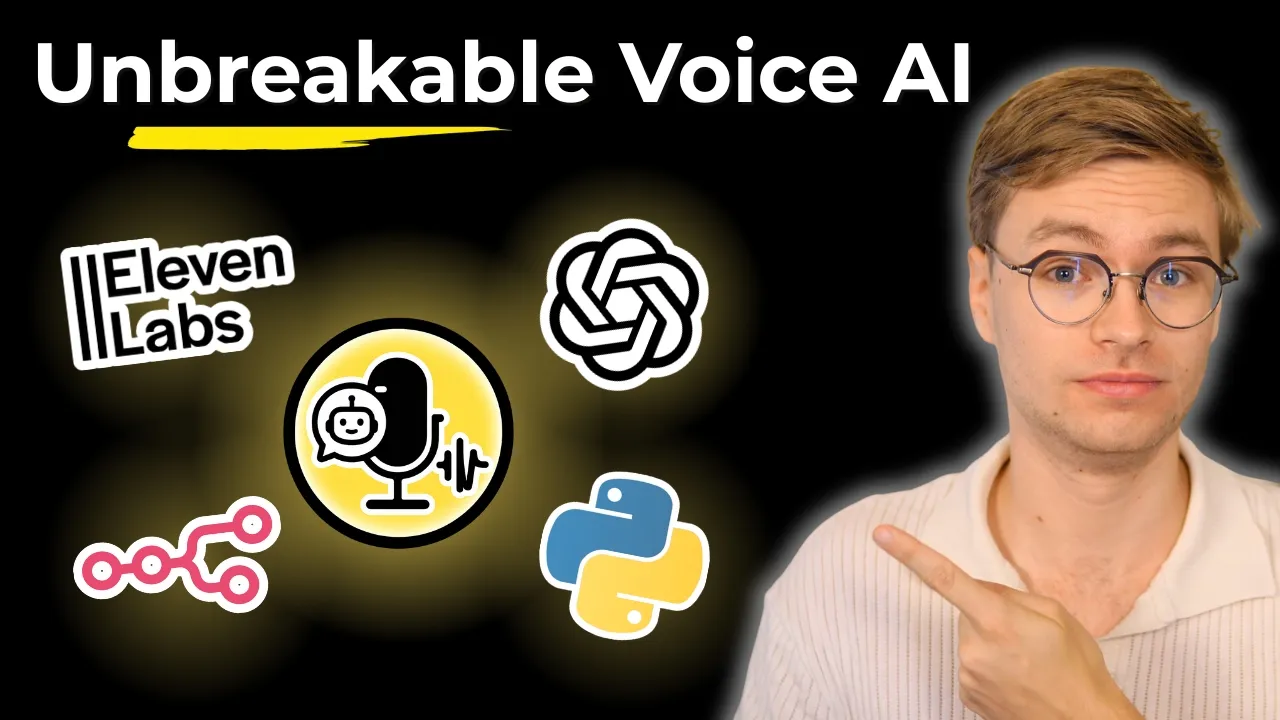AI Outage Hotline Automation
When a network outage hits, support lines light up. Operations leaders want automation to absorb the surge without eroding trust. Most voice bots fail as soon as a customer goes off script. In the video, the agent ignored the caller’s frustration because it was locked on the original prompt. Telecom teams see the same behavior when subscribers demand timelines or credits. The moderator loop fixes it by monitoring the entire transcript, comparing it to a shared checklist, and steering the agent toward accurate responses.
Outage Calls Need Structured Coaching
Customers report symptoms, device types, and neighborhood context in rapid-fire bursts. A single prompt cannot hold all the edge cases, so the agent forgets to verify accounts, skips compliance language, and repeats generic apologies. That is how escalation centers get overwhelmed and regulatory issues appear.
Pairing the agent with a moderator gives the automation an experienced supervisor. In the demo, the moderator nudged the agent to acknowledge frustration and collect meaningful feedback. For telecom hotlines, that same guidance ensures the agent confirms account identity, records outage metadata, and provides realistic service restoration messaging.
Build the Network Incident Checklist
Define the data your NOC expects from every outage call:
- Account or service identifier, location, and device details
- Symptoms experienced, timestamp of failure, and troubleshooting performed
- Current service status, credit eligibility, and promised follow-up
- Escalation triggers such as medical priority flags or business SLAs
Embed this checklist in the shared prompt that both the agent and the moderator read. When a field is missing, the moderator suggests a targeted question rather than restarting the script. This mirrors the structured design principles from AI Agent Development Practical Guide for Engineers.
Keep Compliance and Empathy in Balance
Telecom hotlines face strict language requirements. The moderator protects the brand and regulatory posture by coaching the agent to:
- Use approved outage disclosures and credit policies
- Acknowledge customer frustration in plain language
- Offer escalation pathways when safety or enterprise continuity is at risk
Those coaching cues are what shifted the tone in the demo. Scaled up, they prevent churn while giving regulators a clean audit trail.
Turn Calls Into Outage Intelligence
Structured transcripts fuel your incident response. Network teams can map outages faster, customer care can prioritize callbacks, and marketing can craft status updates from actual customer language. Tie these insights to the measurement habits in AI Agent Evaluation Measurement Optimization Frameworks to quantify impact on handle time, containment, and churn.
Deploy Gradually During Incident Response
Start with after-hours hotlines or low-risk neighborhoods. Compare completion rates and sentiment to your live agents, review moderator coaching logs, and fine-tune the checklist with your compliance partners. Once the moderated agent matches human accuracy, extend it to tier one outages while keeping supervisors ready for overflow. Maintain prompt hygiene with AI Agent Documentation Maintenance Strategy.
Next Steps
Watch the video walkthrough to see how the moderator packages checklist status, coaching, and suggested prompts. Then apply the framework to your outage response plan. Inside the AI Native Engineering Community we share telecom-ready scripts, compliance templates, and rollout playbooks. Join us to build an AI hotline that keeps customers informed when the network goes dark.

